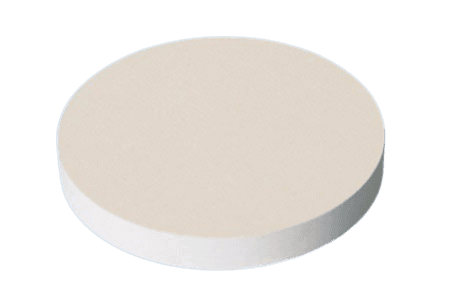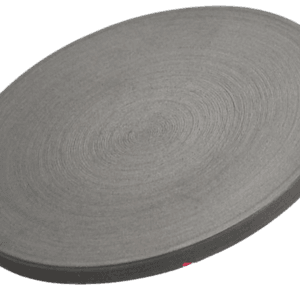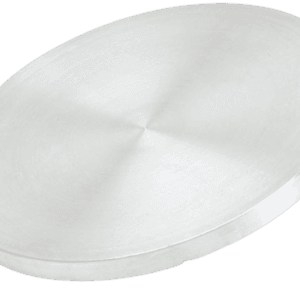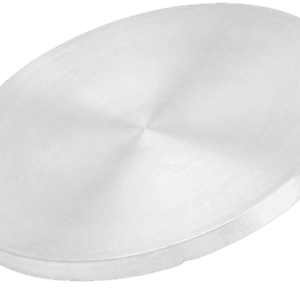Yttria Stabilized Zirconia (YSZ) Sputtering Target Description
Yttria Stabilized Zirconia (YSZ) Sputtering Target is utilized in the sputtering deposition process, a technique for creating thin films by ejecting atoms or ions from a solid target material and depositing them onto a substrate.
YSZ is a solid solution of zirconia and yttria, with yttria serving as a stabilizer for the zirconia crystal structure. This stabilization maintains the high-temperature cubic phase of zirconia at room temperature, preserving its beneficial properties. YSZ is distinguished by its high ionic conductivity, thermal stability, and chemical corrosion resistance. These attributes make it ideal for a range of applications, including solid oxide fuel cells, electrolyte membranes, oxygen sensors, and protective coatings.
Related Product: Yttrium Oxide Sputtering Target, Yttrium Fluoride Sputtering Target
Yttria Stabilized Zirconia (YSZ) Sputtering Target Specifications
| Compound Formula | Y2O3/ZrO2 |
| Molecular Weight | 347.69 |
| Appearance | White Target |
| Melting Point | >2600℃ |
| Available Sizes | Dia.: 1.0″, 2.0″, 3.0″, 4.0″, 5.0″, 6.0″ Thick: 0.125″, 0.250″ |
Yttria Stabilized Zirconia (YSZ) Sputtering Target Handling Notes
Yttria Stabilized Zirconia (YSZ) Sputtering Target Application
Solid Oxide Fuel Cells (SOFC): Yttria Stabilized Zirconia Sputtering Targets are used to create the electrolyte layer in SOFCs, enhancing cell performance due to their superior ionic conductivity.
Optical Coatings: The high melting point and compatible thermal expansion coefficient of Yttria Stabilized Zirconia make it ideal for producing high-temperature optical coatings, including anti-reflective and thermal barrier coatings.
Ceramic Preparation: Yttria Stabilized Zirconia Sputtering Targets are employed in the fabrication of durable ceramic parts, such as zirconia ceramic blades and bearings, owing to their stability.
Thermal Barrier Coatings: These targets are used to coat high-temperature engine components, providing a thermal barrier that improves component longevity.
Electronics: Yttria Stabilized Zirconia Sputtering Targets are suitable for manufacturing high-performance electronic devices like sensors and capacitors, leveraging their electrical properties and stability.


 MSDS File
MSDS File



Reviews
There are no reviews yet.